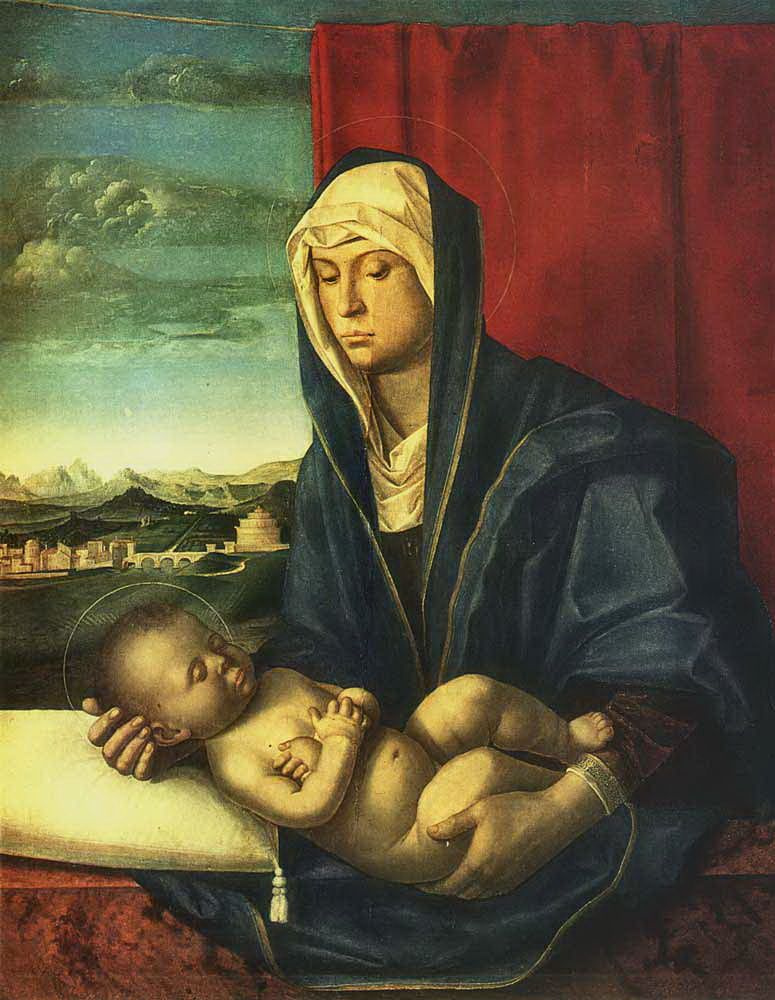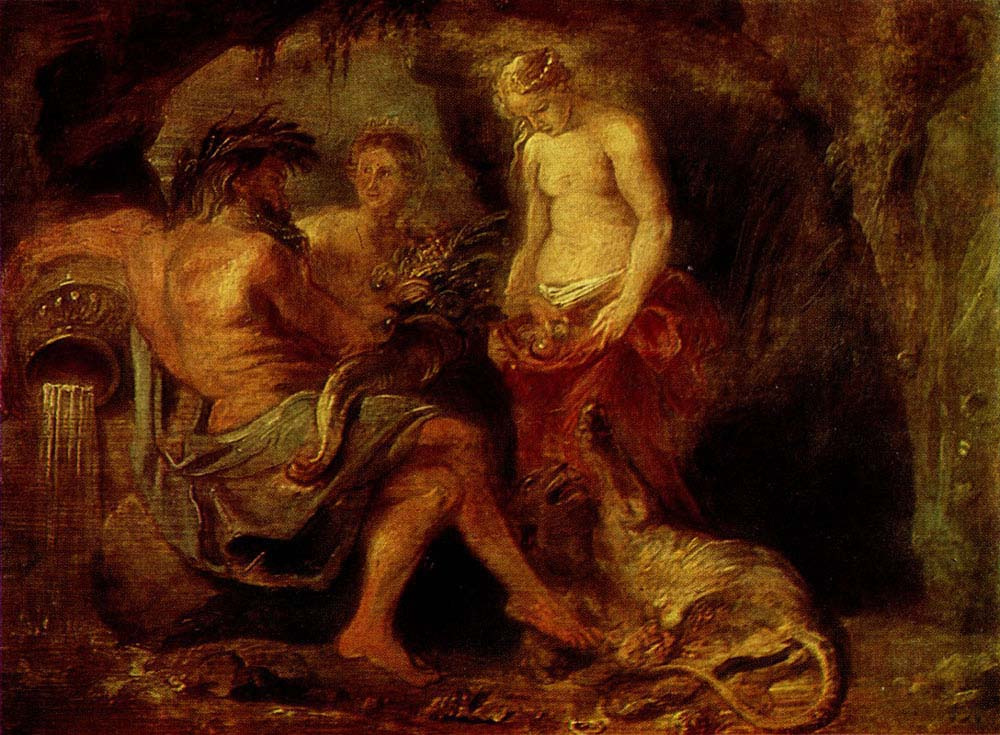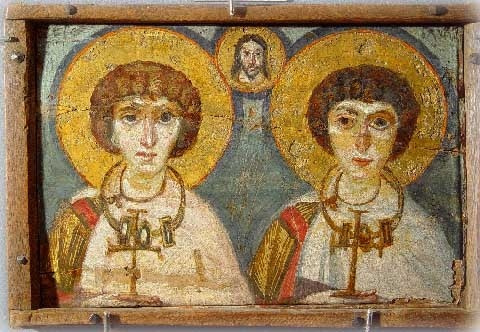In Kyiv, on Tereshchenkivska Street, there is a museum, the fame of which has stepped far beyond the borders of Ukraine. It is famous for its most complete and rich collection of Western and Oriental art in Ukraine: the collection features about 20,000 works donated by generous patrons and added in subsequent acquisitions.
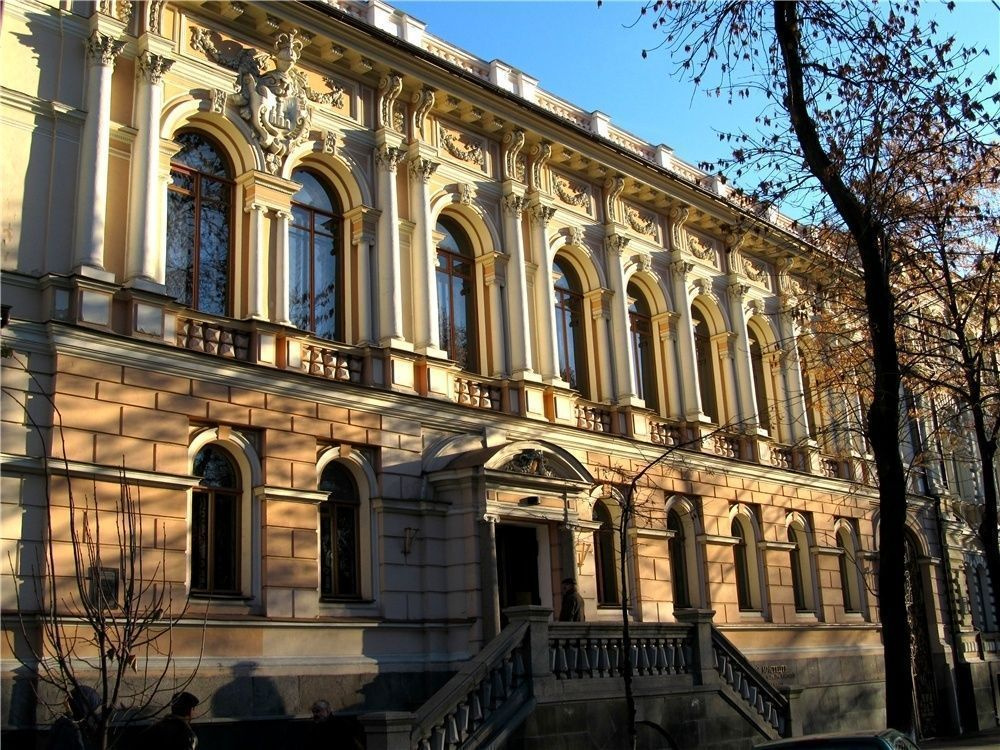
Orpheus and Eurydice
1480-th
The Kyivites owe the appearance of the museum to well-known collectors and patrons of art, Bohdan and Varvara Khanenko, who donated their rich collection to the city in 1919 along with their mansion and valuable library. Since that time, the exposition has been enlarging and today the museum collection has about 20,000 works. In memory of the founders of the museum, it bears their name — the Bohdan and Varvara Khanenko National Museum of Arts.
At the beginning of the 20th century, Khanenko’s art collection was considered one of the best in the Russian Empire
. The couple collected paintings, sculptures, decorative and applied art, acquiring them from famous collectors in Moscow, St. Petersburg, as well as in antique shops and at world auctions. Later, the collection of the St. Petersburg collector V. Shchavinsky, works from the Yahotyn collection of Princes Repnins, the Cabinet of Arts of the Kyiv University, private collections of Tereshchenkos, Sakhnovskys, Hudym-Levkovychs, T. Zhaspar, as well as museums in Moscow, Leningrad and Kyiv, significantly expanded the museum’s exposition.
The adoration of the Magi. Diptych
XV century
Today the museum’s exposition consists of two collections — Western European Art and Oriental Art.
The Western European collection is presented in the old mansion of B. Khanenko, the interior of which was designed in 1889—1895. A particularly vivid impression is made by works of art organically integrated into exquisite interiors, stylized for different epochs, from Gothic to Rococo, and thereby recreating the spirit of the times of the collections represented in it.
The collection of Western European art does not give a complete picture of the art development in Western European countries, although the antiquities presented in this section have a high artistic and historical value; moreover, many of them are unique.
The exhibition starts with 70 works of art of the Ancient World from Egypt, Greece, Etruria and Rome. The culture of Egypt is represented by sculpture and objects of burial cult (4th millennium BC — 1st millennium AD), which are rare examples of ancient art for Ukrainian museums. In the Ancient Greece section, exquisite painted vases (2nd millennium BC — 2nd century AD) and the famous Tanager figurines — graceful female figurines made of terracotta (4th—3rd centuries BC) are of particular value. The mysterious culture of Ancient Etruria attracts with terracotta statues of mourners ((3rd century BC), rare not only for Ukrainian, but also for world museums. The viewers are introduced to ancient Roman art by marble portraits (2nd century AD) and objects made of antique glass.
The Western European collection is presented in the old mansion of B. Khanenko, the interior of which was designed in 1889—1895. A particularly vivid impression is made by works of art organically integrated into exquisite interiors, stylized for different epochs, from Gothic to Rococo, and thereby recreating the spirit of the times of the collections represented in it.
The collection of Western European art does not give a complete picture of the art development in Western European countries, although the antiquities presented in this section have a high artistic and historical value; moreover, many of them are unique.
The exhibition starts with 70 works of art of the Ancient World from Egypt, Greece, Etruria and Rome. The culture of Egypt is represented by sculpture and objects of burial cult (4th millennium BC — 1st millennium AD), which are rare examples of ancient art for Ukrainian museums. In the Ancient Greece section, exquisite painted vases (2nd millennium BC — 2nd century AD) and the famous Tanager figurines — graceful female figurines made of terracotta (4th—3rd centuries BC) are of particular value. The mysterious culture of Ancient Etruria attracts with terracotta statues of mourners ((3rd century BC), rare not only for Ukrainian, but also for world museums. The viewers are introduced to ancient Roman art by marble portraits (2nd century AD) and objects made of antique glass.
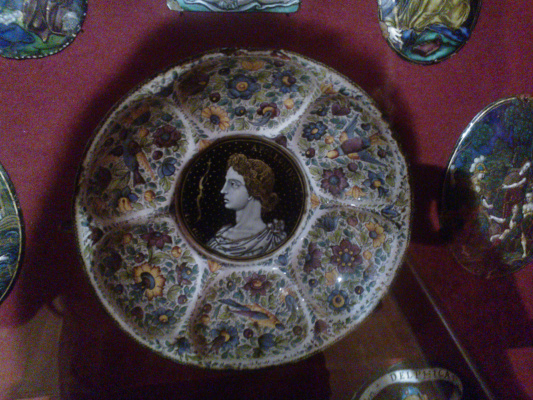
The hall, dedicated to European art of the Middle Ages and the Renaissance, displays altar paintings, wooden and bronze sculptures, furniture, decorative and applied objects. The collection is especially proud of Limoges enamels of the 12—16th centuries — church items made at the high level of jewellery art.
The collection of the museum also contains a remarkable set of Italian majolica of the 15—16th centuries: vases, bowls and dishes of various shapes, decorated with polychrome painting. This type of ceramics presents almost all the Italian leading art centres: Deruta, Urbino, Gubbio, Castel Durante, Venice, Faenza. Among the paintings of the Renaissance
period, the painting by the Venetian Gentile Bellini, Madonna and Child, painted after one of the master’s favourite themes, attracts viewer’s attention.
Madonna and Child
1480, 93.5×77 cm
The exposition continues with Italian painting of the 16—18th centuries. Here, the attention of the viewer is presented to the canvases of the Italian Baroque
artists, as well as the paintings of the Venetian Veduta, a special kind of urban landscape
. Veduta is represented by works painted by renowned artists of this genre: Bernardo Bellotto, Francesco Guardi and Francesco Tironi.
Palazzo Balbi near the Grand Canal in Venice
XVIII century
A separate hall is dedicated to the painting of Flanders, Holland and the Netherlands of the 15—17th centuries. Portraits, still lifes, genre scenes of such world famous painters as Peter Paul Rubens, Pieter Brueghel the Younger, Jacob Jordaens, Jan Weenix and others give an idea of the work of northern artists.
Spanish art of the 15—17th centuries is represented by a few, but very valuable works. The paintings, such as The Ascension of Our Lady by the Master of the 15th century Aragonese school and Juan de Zurbarán's Still Life with a Chocolate Mill, possess indisputable merits. One of the priceless masterpieces of the collection and the hallmark of the museum is the Portrait of Infanta Margarita by the outstanding Spanish painter Diego Velázquez, which B. Khanenko acquired at a Berlin auction and considered it a rare success.
Special attention in the exposition of French painting of the 16—18th centuries is deserved by a series of portraits by the brilliant artists Jacques Louis David, Élisabeth Vigée Le Brun, Louis Toquet, Alexis Grimou, as well as the Cupids composition by a prominent representative of the French Rococo, François Boucher.
A separate hall in the museum’s exposition is dedicated to the European decorative art of the Rococo, it is called the Golden Cabinet and is distinguished by its special grace. The hall is decorated with four Flemish tapestries that tell the story of Don Quixote of La Mancha, the hero of the novel by a Spanish writer of the 17th century, Miguel de Cervantes. The room reflects the Rococo spirit of courtesy and gallant joyful society of the European courts in the 18th century.

Particularly valuable to the Bohdan and Varvara Khanenko National Museum of Arts are the unique Byzantine icons of the 6—13th centuries, which belong to the oldest known icons. They were found in the Saint Catherine monastery on Sinai by Archimandrite Porfiry Uspensky in 1850 and brought to the museum collection in 1940.
Saints Sergius and Bacchus
VII century
The museum keeps the largest collection of Oriental artworks in Ukraine. Today it is located in the house next to the historical mansion of B. Khanenko. In four halls of the exposition, there are Buddhist Art, Chinese Art, Art of Islamic Countries, Japanese Art exhibitions.
In the Buddhist Art hall, Buddhist altar sculptures of the 6−12th centuries, various cult objects such as the kapala ritual bowl, the purbu knife, and the mani sacral stone are presented, which are distinguished by a high artistic level of their production. Tanka icons by artists of the 18—19th centuries from Tibet, Mongolia, Buryatia, Kalmykia are really interesting.
The Chinese Art collection is the largest in the museum. Cast bronze objects from the Han era (206 BC — 221 AD) represent the traditions of ancient civilization. The collection of Chinese classical painting on scrolls and monumental temple sculptures are represented by works of the Ming era (1368—1644). The exposition is complemented by items of porcelain, carved stone, bone, enamel and silk.
The Art of the Islamic Countries exposition contains works of art from Iran, Iraq, Egypt, Syria, Turkey, the countries of Central Asia and the Caucasus. Here, the viewer’s attention is attracted by rare samples of Persian and Rhodes faïence, sheets from Quran manuscripts, bronze items of the 10—18th centuries, and a small but extremely valuable collection of miniatures.
In the museum, the Japanese art is mainly represented by exhibits of the Tokugawa era (1603—1868). The best examples of the Japanese collection of this period include a set of colour woodcuts prints made by the famous masters Kiyonaga, Koryusai, Hokusai, Hiroshige. The museum houses one of the largest collections of tsuba (an artistically decorated piece of a samurai sword) in Eastern Europe. Connoisseurs of Japanese decorative and applied art will be surely interested in seeing the Kyiv collection of miniature netsuke sculpture and the collection of porcelain.
Today, the Bohdan and Varvara Khanenko National Museum of Arts attracts art lovers with its exceptional exposition and enchanting atmosphere, whereas the exhibitions of world famous European museums, which have become a tradition here, give viewers new meetings and discover new names.
In the Buddhist Art hall, Buddhist altar sculptures of the 6−12th centuries, various cult objects such as the kapala ritual bowl, the purbu knife, and the mani sacral stone are presented, which are distinguished by a high artistic level of their production. Tanka icons by artists of the 18—19th centuries from Tibet, Mongolia, Buryatia, Kalmykia are really interesting.
The Chinese Art collection is the largest in the museum. Cast bronze objects from the Han era (206 BC — 221 AD) represent the traditions of ancient civilization. The collection of Chinese classical painting on scrolls and monumental temple sculptures are represented by works of the Ming era (1368—1644). The exposition is complemented by items of porcelain, carved stone, bone, enamel and silk.
The Art of the Islamic Countries exposition contains works of art from Iran, Iraq, Egypt, Syria, Turkey, the countries of Central Asia and the Caucasus. Here, the viewer’s attention is attracted by rare samples of Persian and Rhodes faïence, sheets from Quran manuscripts, bronze items of the 10—18th centuries, and a small but extremely valuable collection of miniatures.
In the museum, the Japanese art is mainly represented by exhibits of the Tokugawa era (1603—1868). The best examples of the Japanese collection of this period include a set of colour woodcuts prints made by the famous masters Kiyonaga, Koryusai, Hokusai, Hiroshige. The museum houses one of the largest collections of tsuba (an artistically decorated piece of a samurai sword) in Eastern Europe. Connoisseurs of Japanese decorative and applied art will be surely interested in seeing the Kyiv collection of miniature netsuke sculpture and the collection of porcelain.
Today, the Bohdan and Varvara Khanenko National Museum of Arts attracts art lovers with its exceptional exposition and enchanting atmosphere, whereas the exhibitions of world famous European museums, which have become a tradition here, give viewers new meetings and discover new names.









